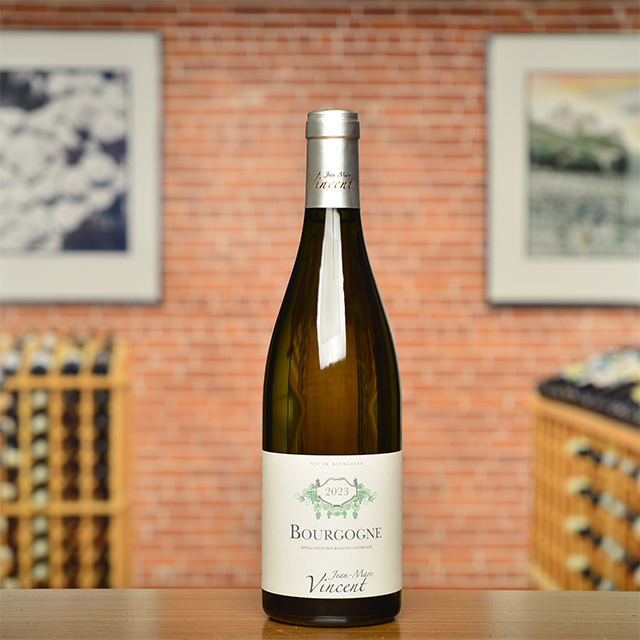Notify me
2014 Vouvray Sec “La Dilettante”
Catherine & Pierre Breton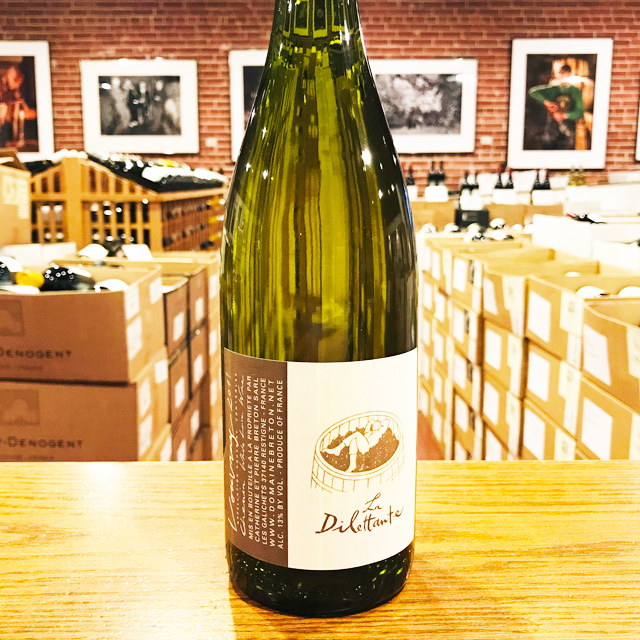
In truth, this wine is made not by both Catherine and Pierre, but by Catherine alone. The wines of Vouvray are especially dear to Catherine, as this quaint village—known for growing Chenin Blanc—is where she grew up, born into a five generation winemaking family. Though it is just an hour’s drive from Restigné (next door to Bourgueil), where she now lives, she maintains a connection to her hometown through this cuvée.
The innate characteristics of the terroir and Catherine’s delicate, evenhanded touch bring out the best that Vouvray has to offer. There is something emotive about this wine, with its soft texture, stroke of mineral, and notes of wildflowers. It is a wine of true pastoral pleasure.
—Clark Z. Terry
| Wine Type: | white |
| Vintage: | 2014 |
| Bottle Size: | 750mL |
| Blend: | Chenin Blanc |
| Appellation: | Vouvray |
| Country: | France |
| Region: | Loire |
| Producer: | Catherine & Pierre Breton |
| Winemaker: | Catherine & Pierre Breton |
| Vineyard: | 40 years, 5 ha |
| Soil: | Clay, Limestone |
| Aging: | There is no maloactic fermentation and the wine is bottled in the spring following harvest |
| Farming: | Organic (certified) |
| Alcohol: | 12% |
More from this Producer or Region
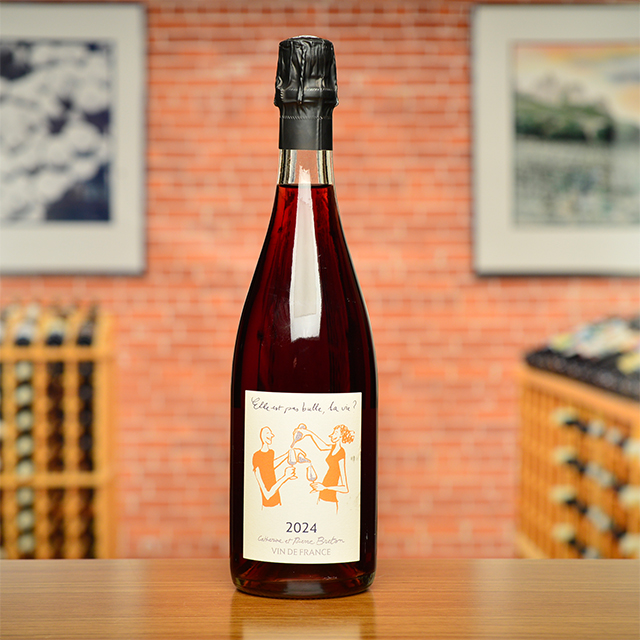
2024 Vin de France Rosé Brut “Elle est pas bulle la vie?”
France | Loire
It’s refreshingly bright on the palate, flush with delicate notes of strawberry rhubarb, and dangerously quaffable.

Vouvray Brut “La Dilettante”
France | Loire
December Club Gourmand ~ Dry Champagne-method sparkler that delivers tremendous value.

2024 Vouvray “La Dilettante”
France | Loire
Delicate, precise, and succulent at the same time, this beautiful blanc will pair well with fresh seafood and light summer salads and pastas.
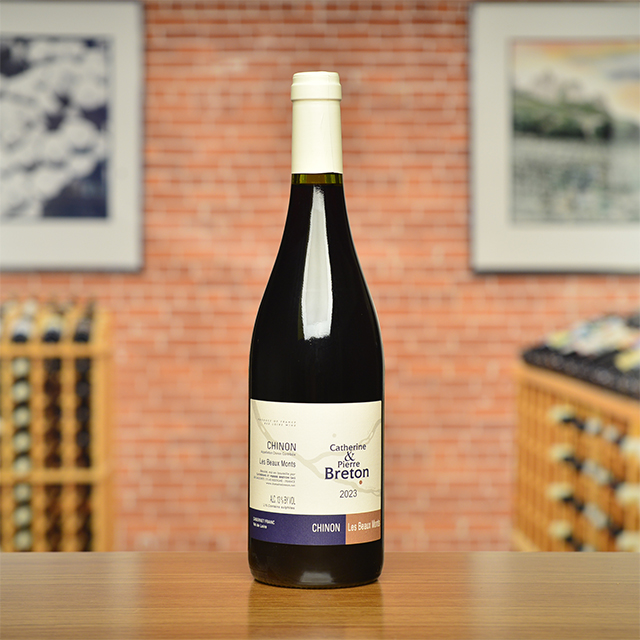
2023 Chinon “Beaux Monts”
France | Loire
Sourced from the village of Beaumont, it is utterly delicious, with a perfect balance of fruit and earth.

2024 Bourgueil “Trinch!”
France | Loire
Peppery and bright, earthy and juicy all at once.

2019 Vouvray “Bois Guyon”
France | Loire
Unique in its combination of honeyed richness and flinty verve. Hard to resist on its own, but you might also try serving it with salty-sweet yakitori or buffalo chicken wings.

2023 Vouvray “Pierres Rousses”
France | Loire
This wine is deep and textural, with serious presence on the palate and a dry, flinty finish.
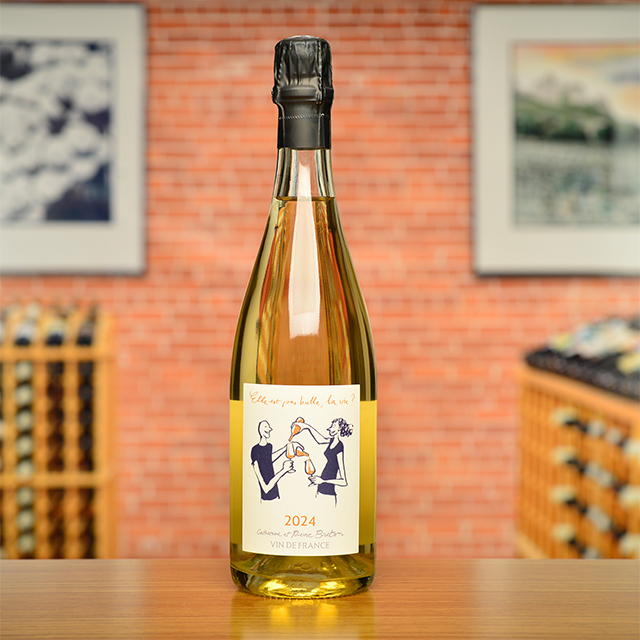
2024 Vin de France Brut Nature “Elle est pas bulle la vie?”
France | Loire
Delicious and honest naturally sparkling Chenin, bottled with no dosage and no sulfur.
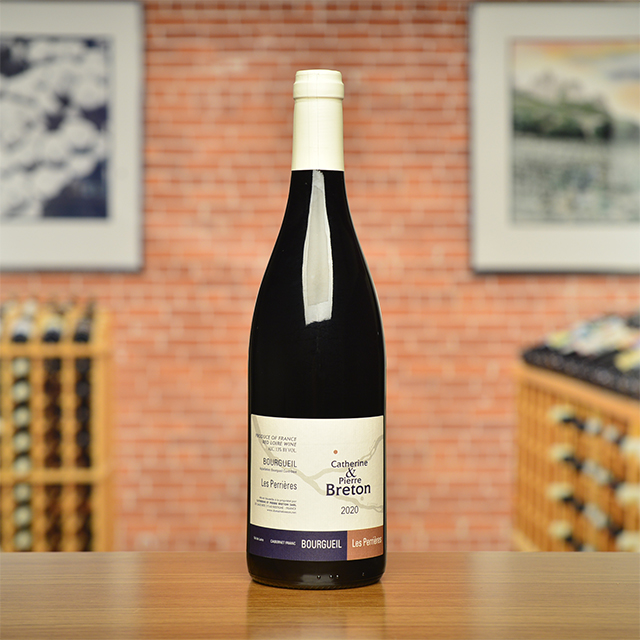
2020 Bourgueil “Les Perrières”
France | Loire
The family’s grandest wine, a brooding elixir of satiny fruit, cedar, and graphite.

2021 Bourgueil “La Dilettante”
France | Loire
A delicate, aromatic red in the “drink now!” vein.
About The Producer
Catherine & Pierre Breton
About The Region
Loire

The defining feature of the Loire Valley, not surprisingly, is the Loire River. As the longest river in France, spanning more than 600 miles, this river connects seemingly disparate wine regions. Why else would Sancerre, with its Kimmeridgian limestone terroir be connected to Muscadet, an appellation that is 250 miles away?
Secondary in relevance to the historical, climatic, environmental, and cultural importance of the river are the wines and châteaux of the Jardin de la France. The kings and nobility of France built many hundreds of châteaux in the Loire but wine preceded the arrival of the noblesse and has since out-lived them as well.
Diversity abounds in the Loire. The aforementioned Kimmeridgian limestone of Sancerre is also found in Chablis. Chinon, Bourgueil, and Saumur boast the presence of tuffeau, a type of limestone unique to the Loire that has a yellowish tinge and a chalky texture. Savennières has schist, while Muscadet has volcanic, granite, and serpentinite based soils. In addition to geologic diversity, many, grape varieties are grown there too: Cabernet Franc, Chenin Blanc, Sauvignon Blanc, and Melon de Bourgogne are most prevalent, but (to name a few) Pinot Gris, Grolleau, Pinot Noir, Pineau d’Aunis, and Folle Blanche are also planted. These myriad of viticultural influences leads to the high quality production of every type of wine: red, white, rosé, sparkling, and dessert.
Like the Rhône and Provence, some of Kermit’s first imports came from the Loire, most notably the wines of Charles Joguet and Château d’Epiré—two producers who are featured in Kermit’s book Adventures on the Wine Route and with whom we still work today.
More from Loire or France
2020 Muscadet Sèvre et Maine Clisson “La Molette”
Domaine Michel Brégeon France | Loire
2024 Coteaux du Loir Blanc
Pascal Janvier France | Loire
2021 Saumur-Champigny “Les Mémoires”
Thierry Germain France | Loire
2021 Vin de France Rosé Grolleau/Cabernet Franc “Les Arceaux”
Grange Saint-Sauveur France | Loire
2024 Bourgueil “Cuvée Alouettes”
Domaine de la Chanteleuserie France | Loire
2024 Cheverny
Domaine du Salvard France | Loire
2022 Chinon Blanc
Bernard Baudry France | Loire
2020 Saumur Blanc “Clos Romans”
Thierry Germain France | Loire
2021 Chinon “Le Clos Guillot”
Bernard Baudry France | Loire
2024 Sancerre Rosé
Domaine Roger Neveu France | Loire
2019 Vin de France Rouge Grolleau/Cabernet Franc “Clandestine”
Grange Saint-Sauveur France | Loire
2016 Jasnières “Chant de Vigne”
Christine de Mianville France | Loire
2020 Muscadet Sèvre et Maine Clisson “La Molette”
Domaine Michel Brégeon France | Loire
2024 Coteaux du Loir Blanc
Pascal Janvier France | Loire
2021 Saumur-Champigny “Les Mémoires”
Thierry Germain France | Loire
2021 Vin de France Rosé Grolleau/Cabernet Franc “Les Arceaux”
Grange Saint-Sauveur France | Loire
2024 Bourgueil “Cuvée Alouettes”
Domaine de la Chanteleuserie France | Loire
2024 Cheverny
Domaine du Salvard France | Loire
2022 Chinon Blanc
Bernard Baudry France | Loire
2020 Saumur Blanc “Clos Romans”
Thierry Germain France | Loire
2021 Chinon “Le Clos Guillot”
Bernard Baudry France | Loire
2024 Sancerre Rosé
Domaine Roger Neveu France | Loire
2019 Vin de France Rouge Grolleau/Cabernet Franc “Clandestine”
Grange Saint-Sauveur France | Loire
2016 Jasnières “Chant de Vigne”
Christine de Mianville France | Loire
Kermit once said...

Kermit once said...
Living wines have ups and downs just as people do, periods of glory and dog days, too. If wine did not remind me of real life, I would not care about it so much.











